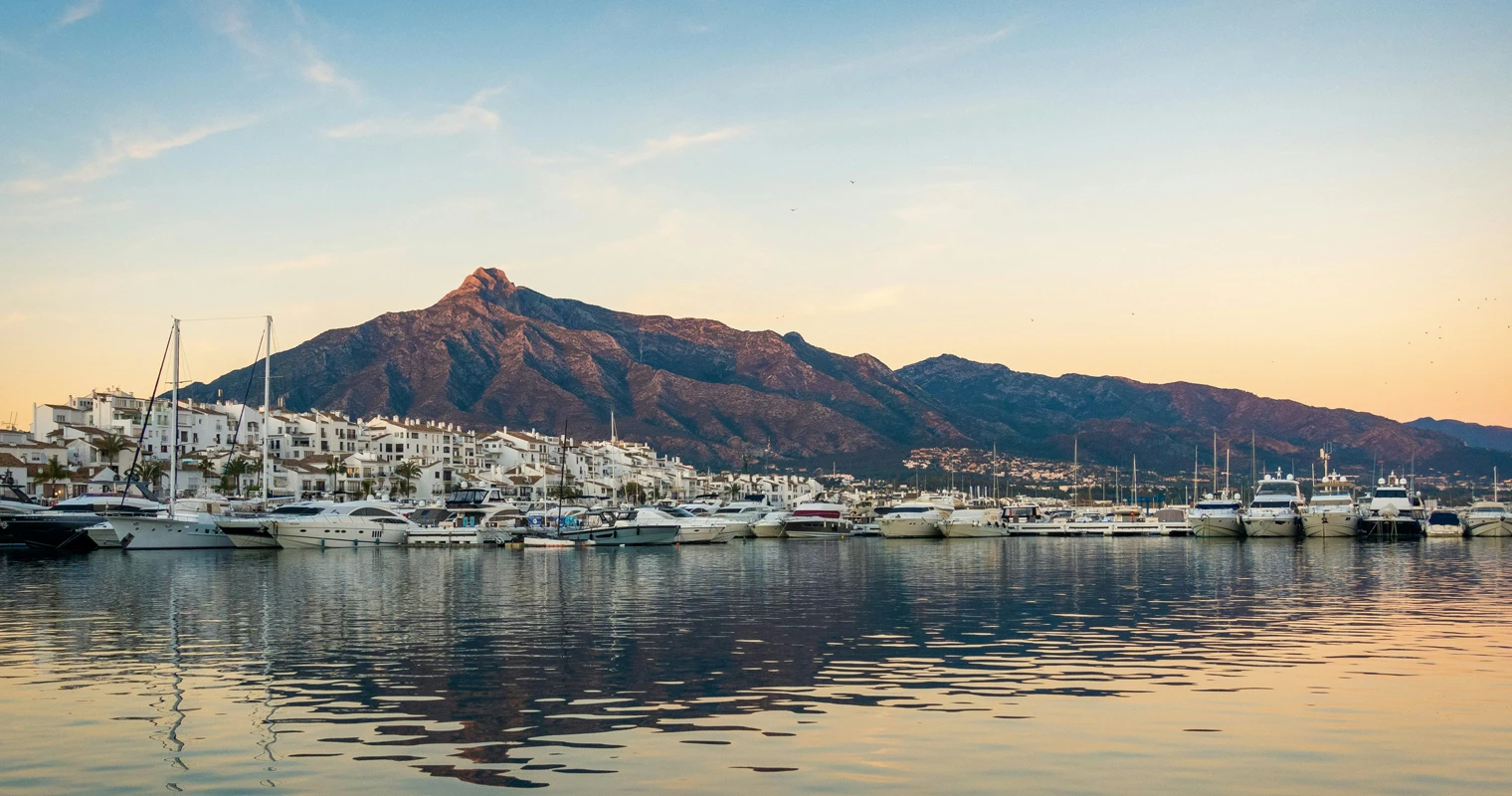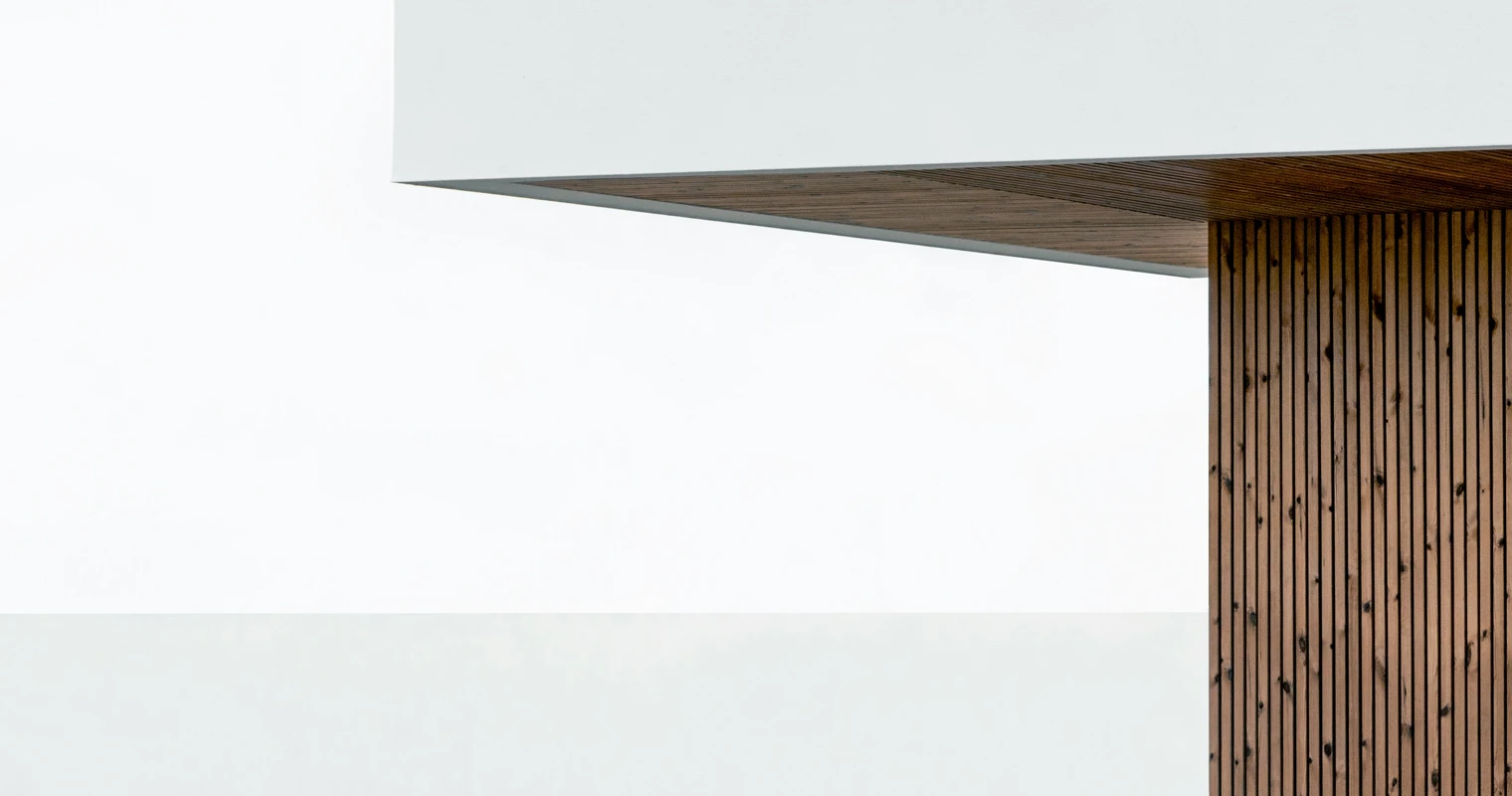Marbella, a jewel of Spain’s Costa del Sol, is renowned not only for its stunning beaches and vibrant nightlife but also for its unique architectural landscape. Over the decades, the city’s skyline has evolved, heavily influenced by the booming tourism industry. This transformation has led to an intriguing blend of traditional Andalusian architecture and modern, cosmopolitan designs that cater to the tastes of an international clientele.
- The Rise of Luxury Developments: The influx of affluent tourists and expatriates has driven demand for high-end properties, resulting in a surge of luxury developments. These projects often feature cutting-edge designs with clean lines, expansive glass windows, and minimalist aesthetics that contrast with the region’s more traditional architecture. The need to attract international buyers has pushed architects to innovate, integrating global trends while still respecting the local context.
- Preserving Andalusian Heritage: Despite the modern influences, there is a strong emphasis on preserving Marbella’s architectural heritage. The old town, with its narrow cobblestone streets, whitewashed buildings, and charming plazas, remains a focal point of the city’s identity. Efforts to maintain these historical areas are balanced with the pressures of tourism, as preservation becomes a key selling point for visitors seeking an authentic Andalusian experience.
- Sustainable Design in Response to Tourism: As the number of visitors to Marbella continues to grow, there has been a significant push towards sustainable architectural practices. Eco-friendly materials, energy-efficient systems, and designs that reduce the environmental impact are becoming increasingly common. Architects are challenged to create buildings that not only cater to the luxury market but also address the ecological concerns associated with mass tourism.
- The Role of Resorts and Hotels: Resorts and hotels are perhaps the most direct reflection of tourism’s influence on architecture. These establishments are often designed to impress, featuring lavish amenities, sprawling grounds, and distinctive architectural styles that blend local and international elements. The architecture of these spaces is crafted to offer an immersive experience, where visitors can enjoy the best of Marbella’s culture and climate in a setting of unparalleled comfort.
- The Impact on Residential Architecture: Tourism has also shaped residential architecture in Marbella, with many homes designed to appeal to the tastes of foreign buyers. Villas and apartments often incorporate features that are attractive to tourists, such as large terraces, infinity pools, and panoramic views of the sea or mountains. The emphasis is on creating spaces that are not just homes but also ideal vacation retreats, blending the convenience of modern living with the allure of Mediterranean charm.
- Challenges and Opportunities: The influence of tourism on architecture in Marbella presents both challenges and opportunities. While there is a risk of overdevelopment and loss of cultural identity, there is also the potential to create a unique architectural landscape that harmonizes the old with the new. Architects and developers are tasked with finding this balance, ensuring that Marbella remains a desirable destination without compromising its character.
In conclusion, tourism has undeniably shaped the architectural narrative of Marbella. The city’s ability to blend traditional Andalusian elements with contemporary design reflects its dynamic nature and global appeal. As Marbella continues to attract visitors from around the world, its architecture will no doubt continue to evolve, offering a fascinating study of how tourism influences not just buildings, but the very essence of a place.




